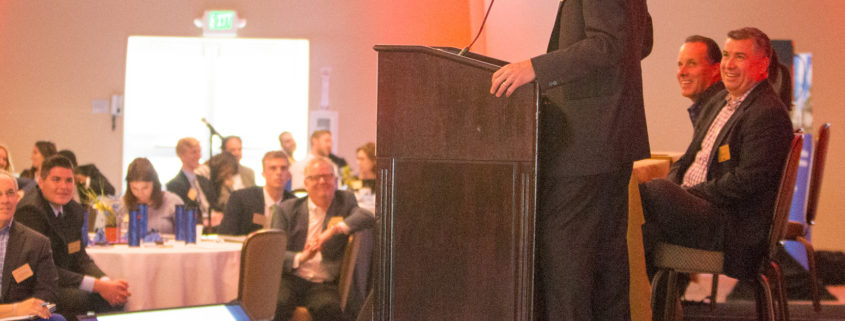Before you answer, consider the following:
- 80% of front line sales and cross functional leaders are not satisfied with their ability to lead the customer decision and map how they meet customer needs better than alternatives to creative value. [1]
- American Marketing Association reports that 90% of what marketing provides for sales is not meeting their needs.
- CSO (Chief Sales Officer) Insights reports that the win rate on forecasted deals entered into CRM is at 46.4%.
Market shifts have radically altered the selling landscape, so what do I hear when I ask sales teams if they are prepared to win? The most frequent answer is “not always” and I can understand why.
Previously, I was asked to join a team meeting in Chicago with a company that believes they have developed the sales enablement solution that gives sales organizations the ability to say with confidence “we are completely prepared to win!”
After spending two days with this team—I am a believer; and I am proud to introduce to you what I think is the most compelling offering on Insight Selling in the marketplace today: 5600blue’s Precision Guided Selling.
Precision Guided Selling from 5600blue is a vertically total sales enablement solution that delivers:
Insight Data
The customized insight tracks with every stage of the new sales process from qualification to negotiation and close. The data assists sales in gaining access, creating demand, leading the customer decision and value conversation and ultimately the negotiation.
Cloud Based Technology
Insight data is embedded into their proprietary cloud based app. Your teams are equipped to leverage insights to create value propositions tailored to this specific customer’s needs and competitors’ alternatives and get compensated accordingly for that value.
Integrated Sales & Negotiation Training
This workshop is a ground-breaking program for your sales team to create (sell) and capture (negotiate) value. Integrating sales and negotiation training into a single event is efficient and cost-effective.
Key Deal Coaching
Their team provides virtual and face–to-face coaching on key deals facing your company. They also support your front-line managers enabling them to provide sales and negotiation coaching to their sales teams.
Win/Loss Reviews
They also provide virtual and face–to-face deal forensics on key wins and losses to determine how to further enhance your value creation and capture to drive organic growth.
[1] Creating and Maintaining Value Ecosystems, 5600 blue primary research 2012











